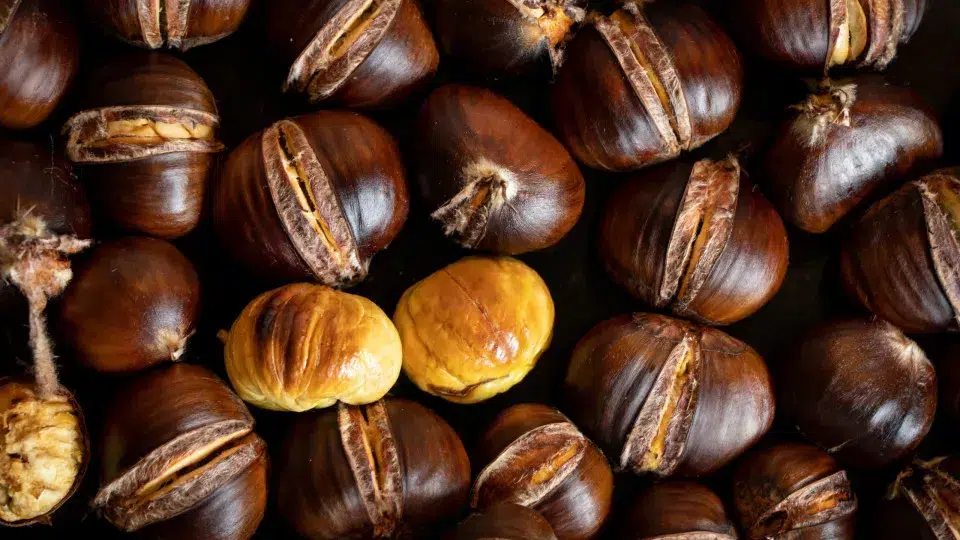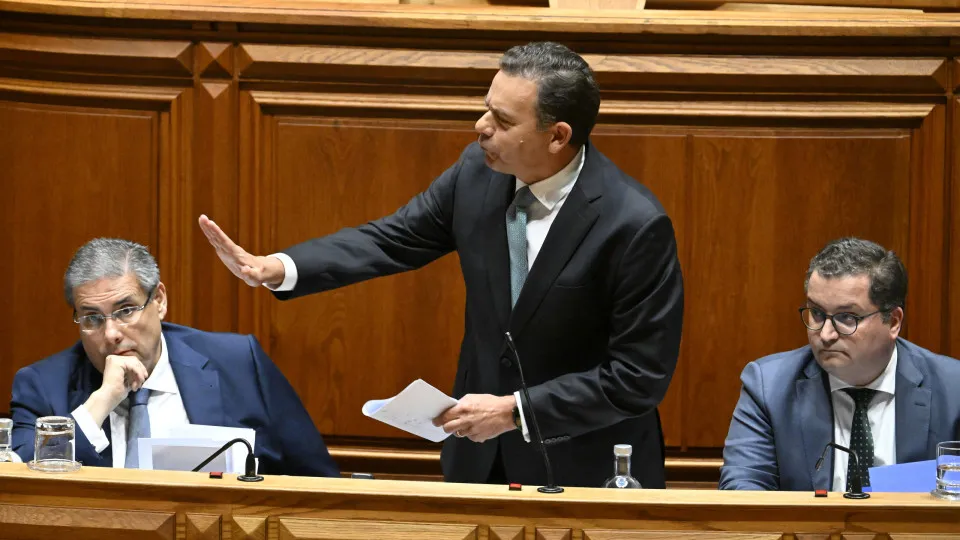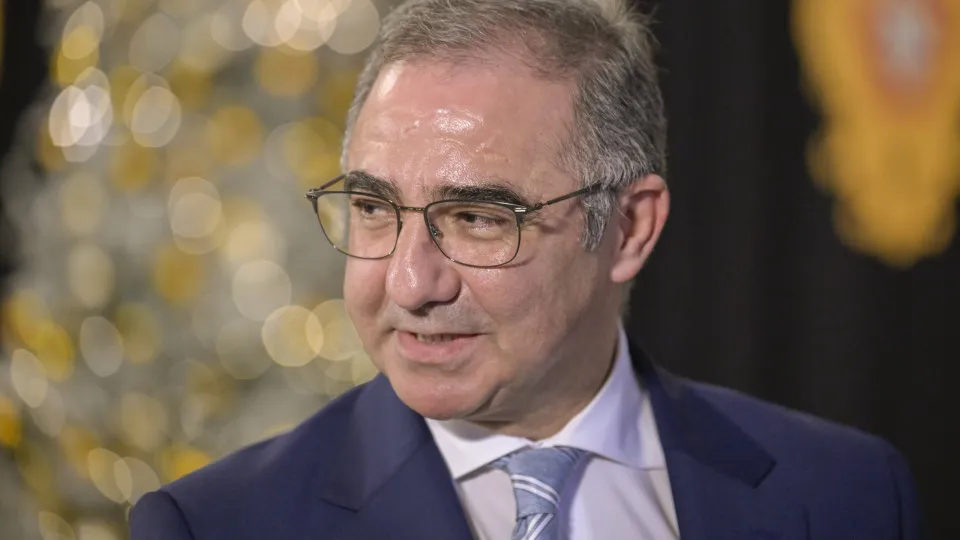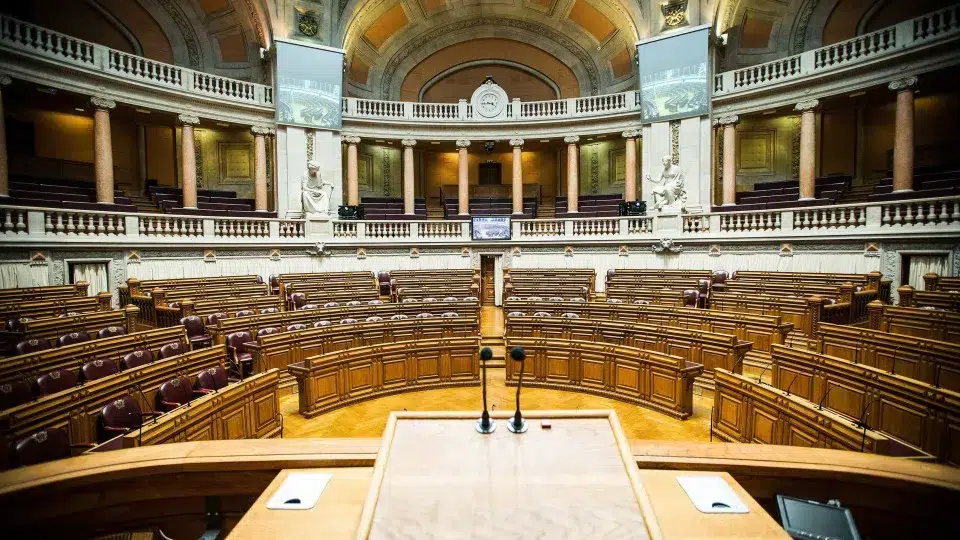
The price of roasted chestnut cones has increased by 50 cents in several parts of the municipality. António Morgado, who sells at one of the entrances to the metro at Largo do Rato, now charges 3.50 euros per dozen, up from three euros, similar to Maria Irene in Rossio.
Soraia Fernandes and her two colleagues, who set up their chestnut bags and cart by the Colombo Shopping Center from September to March, also raised their prices to four euros for 12 chestnuts this year.
Palmira Ferreira, who has been roasting chestnuts between the Sete Rios bus terminal and the train station for 21 years, has maintained her price at 3.50 euros, the same rate Marco Ferreira has charged since last year in São Sebastião, near El Corte Inglés.
As he sliced the shells with a knife and salted the chestnuts, the vendor explained to Lusa that the price increase to the public was driven by rising production costs, including “salt, the sheets [of paper], and the mineral charcoal itself,” regardless of whether the chestnuts are bought from intermediaries or producers.
“Unfortunately, everything is going up,” he commented.
In the past, when selling a dozen at 2.50 euros or three, “many people didn’t worry about money” and requested 24 chestnuts, but now that a dozen costs 3.50 euros, customers “are paying attention” to the cost.
António Morgado also mentioned that he buys a kilo for two or three euros more than last year. The amount is similar to what Soraia Fernandes reported, who gets the kilo for between six and 7.50 euros. “It’s a lot of money,” she commented.
The business volume remains the same for Maria Irene this year, who keeps a regular clientele but also sells to many tourists passing through Rossio. Chinese citizens “love” them, and Italians are among the most frequent buyers: “That’s what keeps us going. The Portuguese, poor things…”
At Largo do Rato, António hasn’t noticed any change in business volume, and Palmira in Sete Rios declined to compare with last year due to her long-time presence at the location and the loyalty of buyers.
Regarding the quality of the fruit, she and other colleagues noted the chestnuts are smaller: “they didn’t get much water,” which hasn’t stopped customers from buying them.
Marco Ferreira shared that early in the season, in October, “it was complicated because the year was very dry, and many chestnuts were very small.” However, the size increased later that month.
For Soraia Fernandes, the quality is the same as last year, and Maria Irene, a vendor since the 1970s, states that the chestnuts are good this year. The Martaínhas variety, which she sources from the North, are “smaller chestnuts, but not rotten or infested.”
The price increase and smaller size of the chestnuts can be attributed to the delayed harvest season, lack of rain, and summer heat waves in chestnut harvesting districts like Bragança and Portalegre, according to producers consulted by Lusa.




